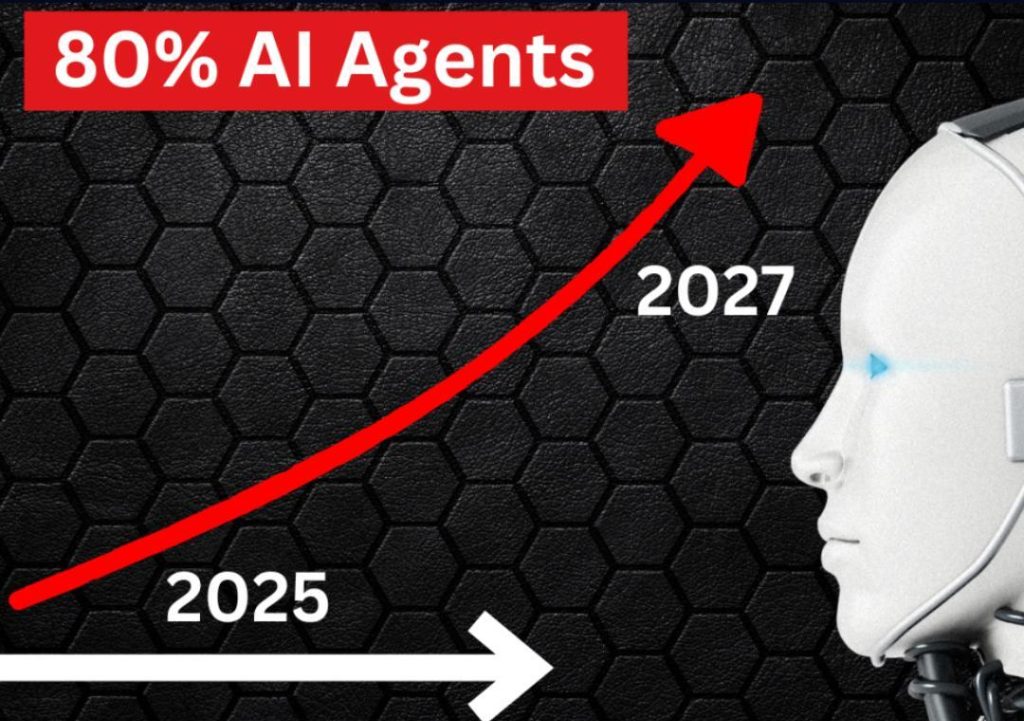
80% of Analysts’ Time Can Be Automated Now
In today’s data-driven world, businesses rely heavily on their analysts to make informed decisions. However, the process of analyzing data can be time-consuming and labor-intensive, taking away from the time that analysts can spend on high-impact creative strategy. But what if we told you that up to 80% of analysts’ reporting tasks can be automated?
At Growth Jockey, we’re proud to introduce the first-ever Deep Data Copilot for marketers in India, designed to revolutionize the way analysts work. Our innovative solution automates data interpretation, flags anomalies, and suggests next steps, freeing up analysts to focus on what matters most – creative strategy.
The burden of manual data analysis
In the past, analysts spent most of their time collecting, cleaning, and organizing data from multiple sources. This manual process was not only time-consuming but also prone to errors. As a result, analysts often found themselves stuck in a cycle of data wrangling, leaving little room for strategic thinking.
The consequences of manual data analysis are far-reaching. Analysts are forced to spend more time on mundane tasks, leaving them little time to:
- Dive deeper into data to uncover insights
- Identify opportunities for growth
- Develop strategic recommendations
The limitations of manual data analysis are well-documented. According to a survey by McKinsey, only 10% of data is ever analyzed, and 90% of data is never used at all. This staggering statistic highlights the need for a more efficient and effective way to analyze data.
The rise of automation in data analysis
Fortunately, technology has come a long way in recent years. With the advent of machine learning and artificial intelligence, it’s now possible to automate many of the tasks that were previously done by hand.
At Growth Jockey, we’ve developed a Deep Data Copilot that uses machine learning algorithms to analyze data, identify patterns, and generate insights. Our solution is designed to work seamlessly with existing data sources, eliminating the need for manual data collection and cleaning.
The benefits of automation in data analysis
So, what are the benefits of automating data analysis? For starters, automation frees up analysts from the drudgery of manual data analysis, allowing them to focus on higher-level tasks. This, in turn, enables them to:
- Develop more accurate and actionable insights
- Identify opportunities for growth and improvement
- Develop strategic recommendations that drive business results
In addition to these benefits, automation also:
- Reduces the risk of human error
- Increases data accuracy and consistency
- Enables real-time analysis and reporting
The future of data analysis
As we look to the future, it’s clear that automation will play an increasingly important role in data analysis. At Growth Jockey, we’re committed to staying at the forefront of this trend, continuously developing and refining our Deep Data Copilot to meet the evolving needs of analysts and businesses.
Our vision is to empower analysts with the tools they need to succeed, freeing them from the burden of manual data analysis and enabling them to focus on what matters most – driving business results.
Conclusion
In conclusion, the future of data analysis is automation. With our Deep Data Copilot, analysts can automate up to 80% of their reporting tasks, freeing up time to focus on high-impact creative strategy. By embracing automation, businesses can gain a competitive edge, drive growth, and achieve success.
Learn more about our Deep Data Copilot and how it can revolutionize the way your team works.






